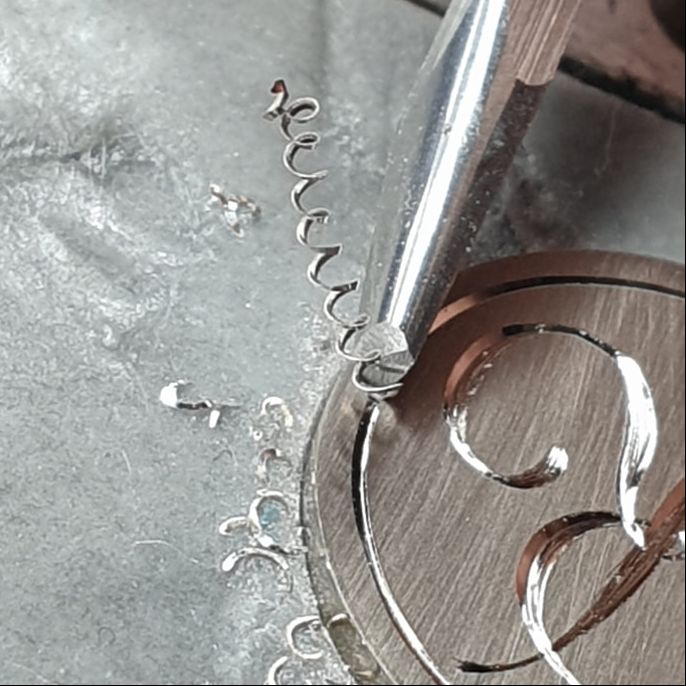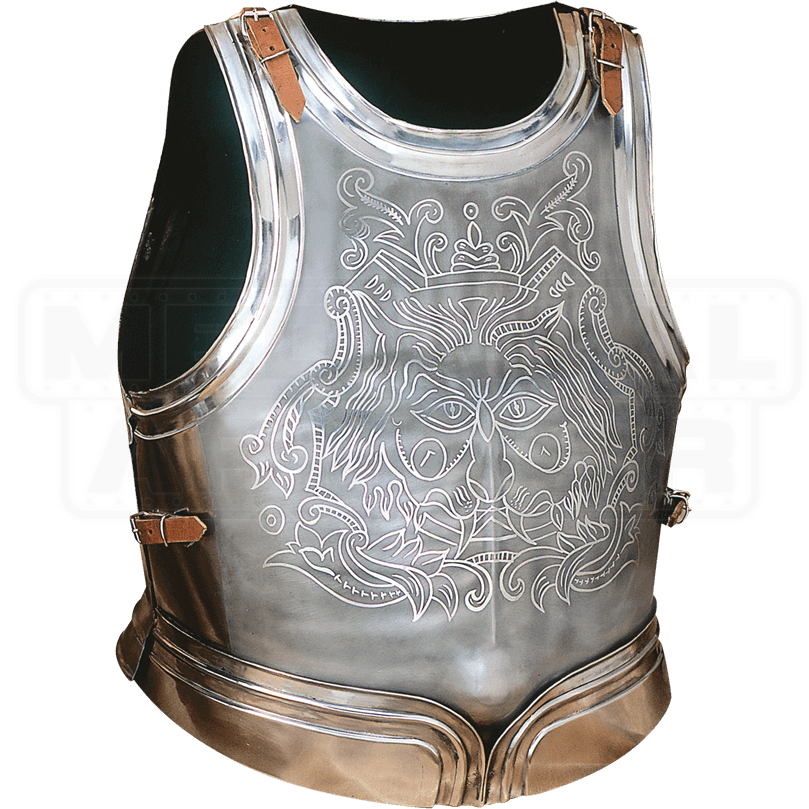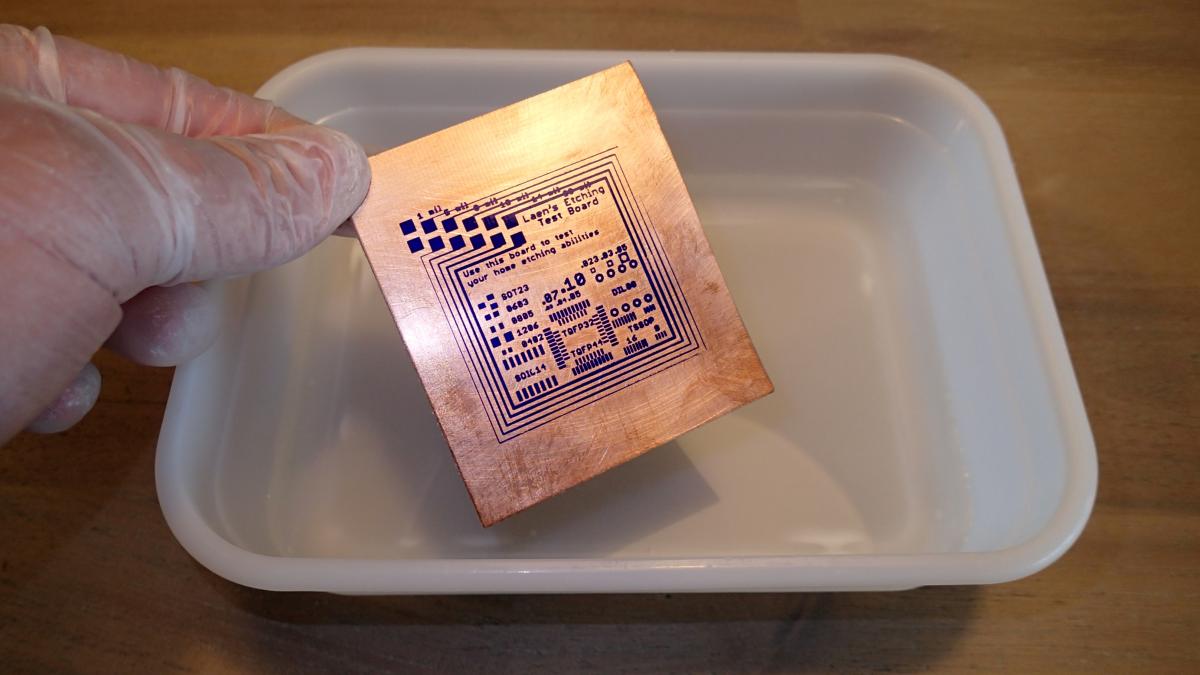Etched vs Engraved
Being into all things engraving and etching, I often get asked to “explain the difference between engraving and etching”. So in this article, I’m going to do just that! Whilst engraving and etching can produce somewhat similar results depending on the method used for each, they have distinct differences in how both methods are carried out.
Etching is the process of using a chemical to remove the uppermost, or surface, layer of the material being worked. Engraving utilises mechanical methods to cut, scratch or remove an amount of the chosen material in order to display the desired pattern.
Table of Contents
Difference Between Etched and Engraved
Engraving is the process of removing material from the surface of a given substrate through either a mechanical or hand incising process. This process goes deeper than the protective, or upper layer, of the substrate to create more definition of the pattern being engraved.
Etching is the process of using either a chemical, such as a strong acid or dye, to ever so slightly cut into, or abrase, the protective layer of a substrate being worked or by using a tool to scratch the surface of the substrate. Etching is typically performed on metal or glass.
But let’s dive into both engraving and etching a bit more though, and talk about some examples to help you understand both in more detail.
History Of Engraving and Etching
Engraving
Whilst engraving dates all the way back to 3000BC and was traditionally used as a way to both signify wealth or importance, and to record historical moments in time before any of our modern-day photographic or printing processes came about, engraving is still heavily used in today’s society.

Etching
Thought to have originated somewhere around the 1500’s was etching. Whilst engraving was thought to have originated from the gold and silversmithing trade, etching was believed to have centered around an armourers trade. Specifically, Daniel Hopfer from Germany found that with etching he was able to create rather inticate and ornate designs in metal armour. It’s probably where the name came from for one of the more popular etching creams, Armour Etch!
Today, etching is used not only with traditional methods for the more artistic avenue, it is also used in many of the advertisements and product logo placements we see around us today. Additionally, etching is also used to create Printed Circuit Boards, a central component that makes up just about every single piece of technology we use in our daily lives.
Indeed, probably one of the biggest industrial revolutionary uses of etching was the printing press. A material such as wax or varnish was applied to an iron or copper printing plate. An artist then uses a scribe or sharp tool to remove or scrape aware any area it is desired for the chemical to remove the surface layer. These works can often be very detailed in design. When the design is complete, the plate is placed into an acid bath where the chemical eats away the surface of the exposed metal. The plate is then removed from the bath, the wax or varnish removed, and the plate is ready to be inked and then pressed onto paper.
Checkout this cool video from Jackson Art Supplies on the Intaglio printing process using etching copper plates:
Engraving As A Hobby
Types of Engraving
There are numerous ways to engrave on many materials. These methods include;
- Hand engraving
- Laser engraving
- CNC engraving
- Rotary engraving
- Diamond drag engraving
Engraving Materials
There are also many surfaces, substrates and materials that can be engraved including, but not limited to;
- Metals
- Stone
- Plastics
- Leather
In future articles, I’ll be going into how I engrave on each of these materials.
Etching As A Hobby
There are two primary types of etching;
- Dry chemical etching
- Wet chemical etching
In future articles, I’ll be exploring each of these methods further and showing how you can perform these techniques at home.






